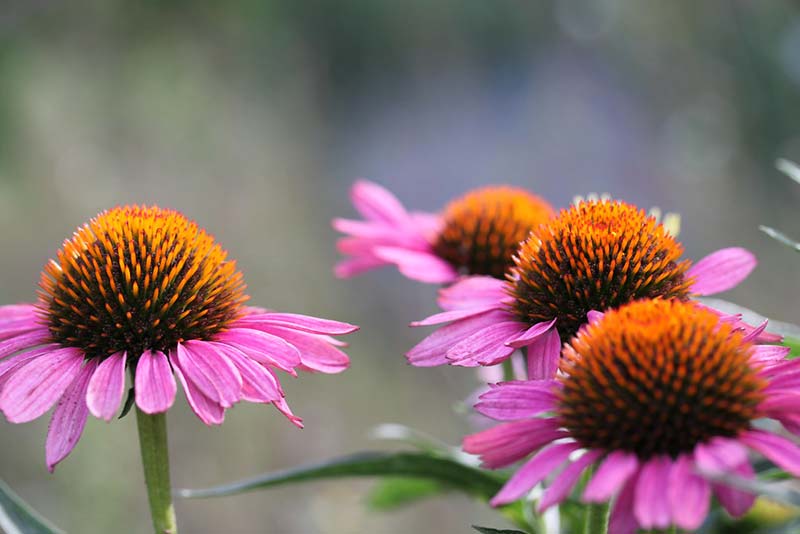
After a long period of disregard, purple coneflower has come back into vogue in recent years. Further, it was used as a treatment for pain, indigestion, tumors, malaria and hemorrhoids.

Purple coneflower was used to calm toothaches and sore gums, and tea form it was drunk to treat colds, mumps, arthritis, and a blood purifier (often a euphemism for the treatment of venereal diseases). It was also used in a smoke treatment for headaches. Native Americans used it as an antidote for snake bit and other venomous bites and stings. What’s in a name: Purple coneflower’s genus name, Ecinachea, is derived from the Greek word for hedgehog, which was inspired by the appearance of the central cone.Īll in the family: Purple coneflower is a member of the Compositae family, the composites, which includes the daisy-like flowers, dandelions, chicory, and a host of other Echinachea species that are also used medicinally.Ĭultural uses: Purple coneflower has a long history of medicinal use. When not flowering, the plant is somewhat harder to identify. The flower is unmistakable it resembles a black-eyed Susan dipped in raspberry juice. The leaves are low on the flower stem, long and tapering with a rough-toothed edge.


The center disk of the flower is cone shaped, large and orange-brown in color. Origin: Purple coneflower is native to Eastern and Central United Statesīotanical description: Purple coneflower is a 2-3 foot perennial with large, daisy-like flowers with swept back reddish-purple rays. Range: Most of the eastern United States another similar species of the flower is found in Western states with similar medicinal and cultural uses found in open woods, thickets, fields, and meadows.


 0 kommentar(er)
0 kommentar(er)
